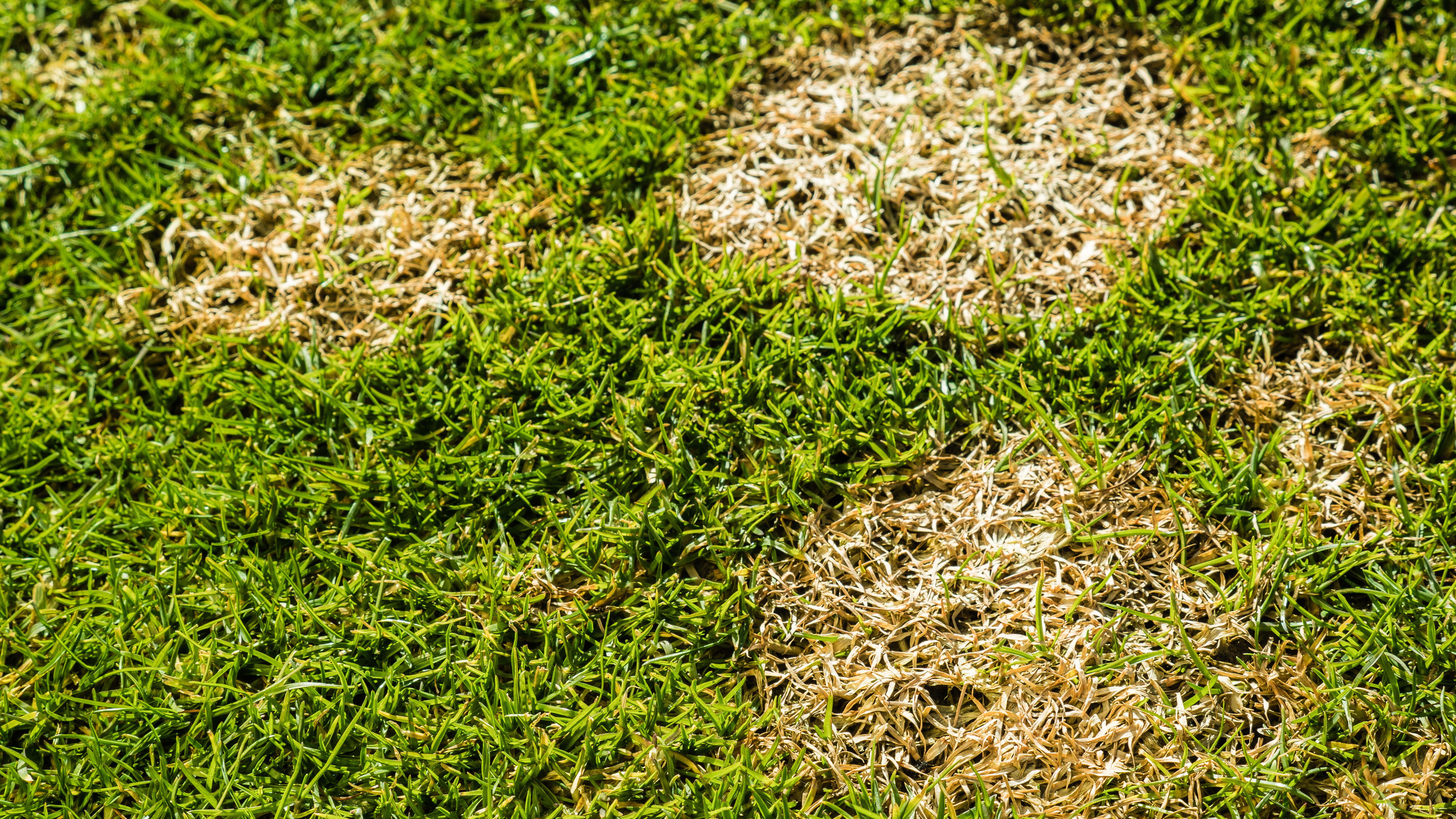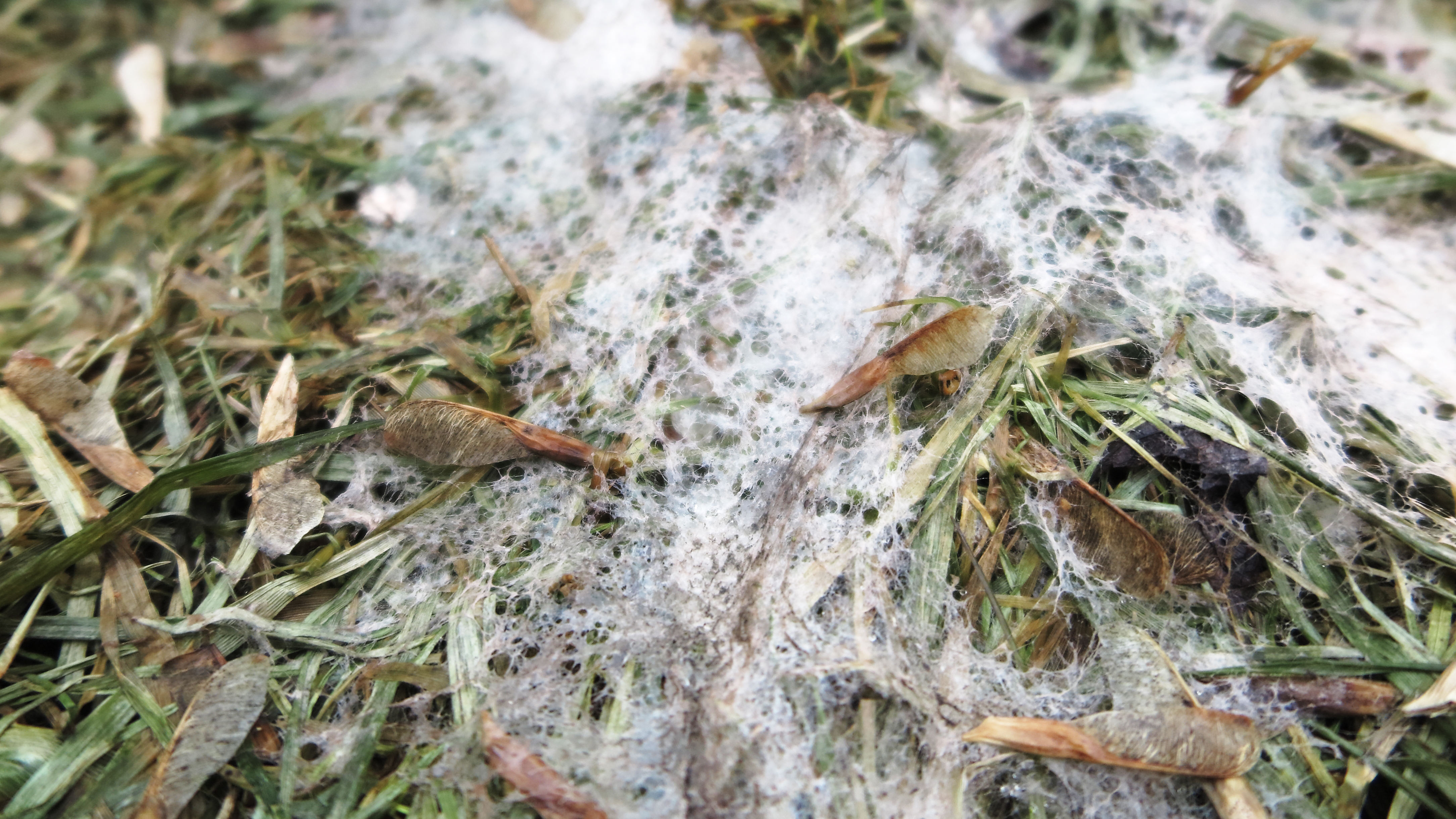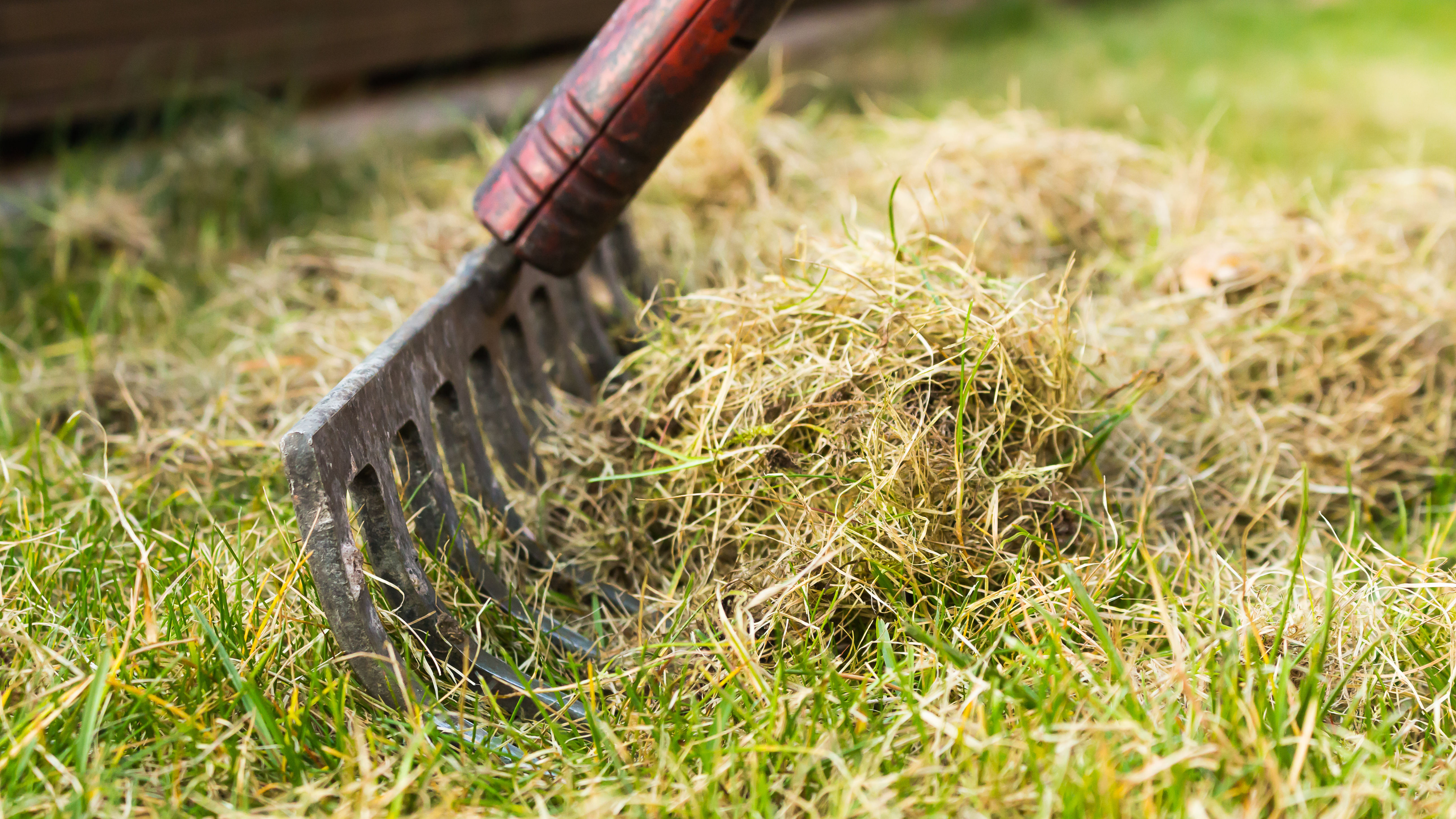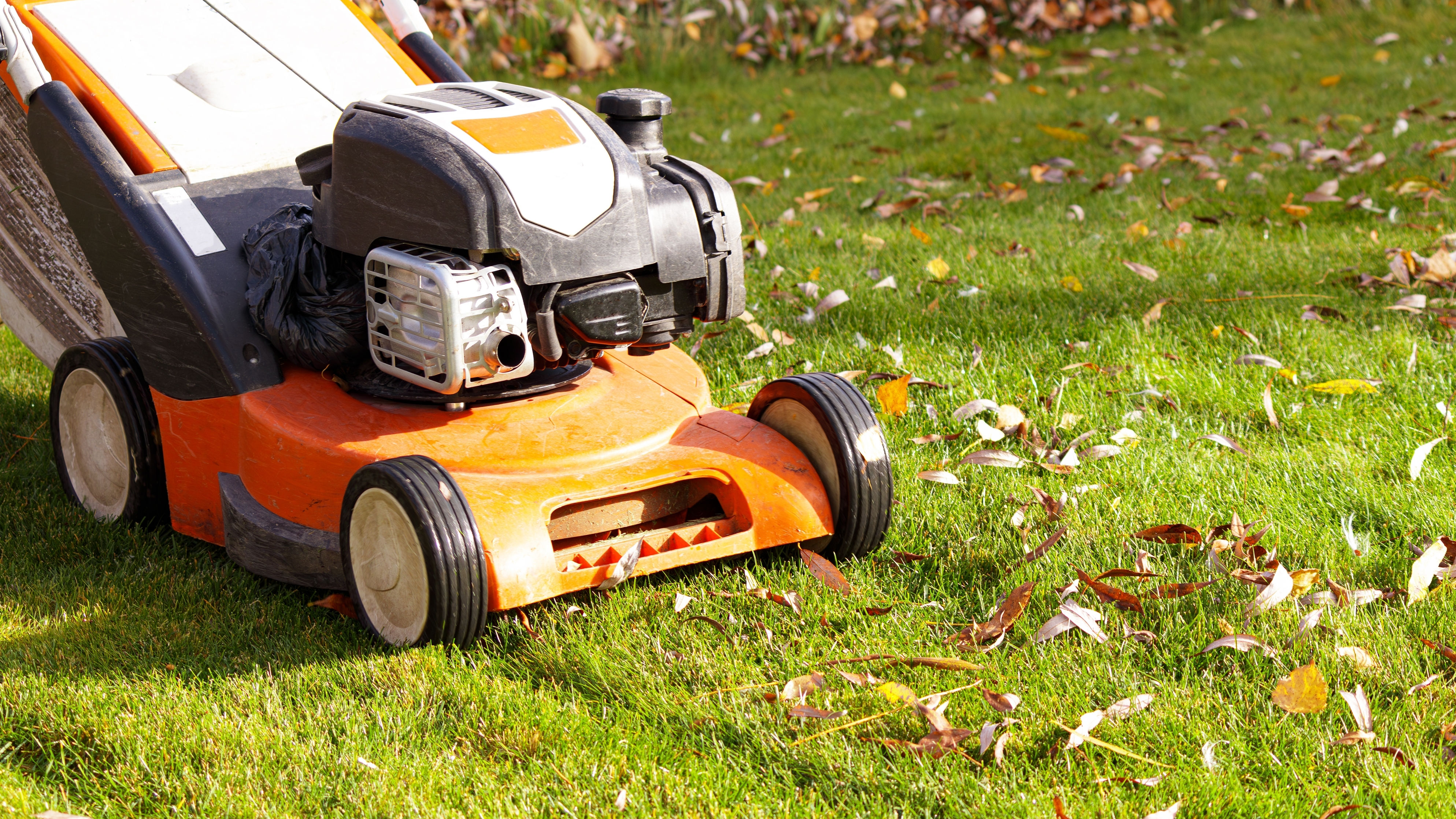
If you get a lot of snow in the winter, you may find your lawn suffers from snow mold after it recedes. When the warmer spring and summer months roll around and the snow begins to melt, unsightly discolored patches with a web-like covering may appear on your lawn. Thankfully, there’s ways to manage snow mold and prevent it from happening again.
Depending on the type of snow mold fungus affecting your lawn, you may be able to save your grass before it’s too late. If your grass isn’t growing back, there’s other measures you can put in place to get your lawn looking green and healthy once again with our ultimate lawn care guide and how to make your grass greener in 8 easy steps.
When the weather stays cold and damp, getting the disease out of your lawn will be a little bit trickier. We’ve got you covered, though, with everything you need to know about snow mold right here. From identifying it and finding the root cause to treating it and putting preventative measures in place to stop it returning.
What is snow mold?

Snow mold is a type of fungus that specifically affects lawns. It forms when snow cover lays on your grass for too long and will appear when the snow begins to melt. An abundance of cold, wet leaves and other yard debris can also provide an environment for snow mold to thrive if left on top of your lawn for too long.
Snow mold appears as patches of discolored grass, usually concentrated in circles. You’ll notice either a gray or pink web-like appearance overlaying these areas of patchy grass and if snow mold is left untreated, it can affect your lawn for years to come.
There are two types of snow mold; gray (Typhula spp or Typhula blight) or pink (Microdochium nivalis or Fusarium patch). The main difference between the two, aside from the color in which they present on your lawn, is that gray affects just the blades of grass and so the grass can grow back after the mold has been treated. Pink snow mold is much more severe as it damages the grass at the root, preventing it from growing back. Pink snow mold will also grow and spread during cool and damp periods of weather as it survives for longer when the sun finally makes an appearance.
The main causes of snow mold

Gray and pink snow mold are a type of fungi that arrives and propagates under snow cover. The weight of the snow, combined with the moisture and lack of direct sunlight causes the fungi to appear and spread. And sadly, the fungi will remain in your soil in the warmer months and, while not spreading, can react once the winter comes around for another year.
Since snow mold is most commonly found in the regions of the snow belt, it's not just our U.S. readers that need to pay attention. Yard owners in Canada and the United Kingdom may also fall victim to it. All three of these regions can, weather dependant, experience extended periods of snowfall during the winter months.
How to get rid of snow mold

Once you’ve noticed the patches of snow mold on your lawn, using any fungicide won’t help. The best and most simple measure for getting rid of snow mold is to rake the affected grass gently to loosen any snow mold and allow the soil and grass to dry.
As mentioned, gray snow mold only affects the grass itself and so when the warmer months roll around, your grass should grow back. That is as long as you’ve raked the mold off the grass to prevent it spreading.
Pink mold, on the other hand, will require you to rake the damaged areas and reseed. Wait for a period of dry weather to make sure you can fully assess the damage to your lawn. Then, follow our guide on how to plant grass seed to the bare patches left behind.
How to prevent snow mold from returning

The best thing you can do to avoid all of the above is carry out preventative measures before your snow mold can thrive. Snow mold will lay dormant in your soil year-round, so if you want to make sure the cold weather and snow cover doesn’t activate its damaging properties, follow along with the top tips below.
- Mow the lawn — Before snow begins to fall during the winter months, give your lawn a mow, much shorter than you’d normally do. The short height of your grass will prevent moisture build up and will allow the soil to dry more easily.
- Rake up cuttings — once you’ve mowed the lawn, be sure to rake up the cuttings afterwards so that you’re not just piling more grass and weight on top. This will slowly trap moisture under the snowfall.
- Rake up leaves — additionally, make sure you’re raking up any wet leaves that begin to drop from the surrounding trees and bushes in those fall months. This is another great preventative treatment for avoiding a moisture trap on your lawn.
- Dethatch your lawn — keep the thatch layer on your lawn to no greater than ¾ inch to avoid snow mold from developing, otherwise it will increase moisture.
- Apply a fungicide — this treatment won’t work when the damage is already done, but you can add a preventative fungicide in the fall months before the first snowfall if your lawn is particularly susceptible to snow mold.
- Ensure proper lawn drainage — if you notice parts of your lawn gathering water, make sure to level out the area or apply topsoil to these particularly wet spots. If water can gather, the soil will become very moist.
- Avoid large piles of snowfall in certain areas — make sure that your snow is spread out evenly and doesn’t gather in large piles for extended periods of time. Shoveling the snow and reducing large piles will ensure that certain areas don’t get too highly affected by snow mold.
- Don’t fertilize in the fall — fertilizers will add moisture to your soil when it should be naturally drying out. Even in the spring and summer months, be sure to avoid nitrogen fertilizers as they actually stimulate the growth of snow mold.
Following these top tips will help prevent the snow mold from taking over your lawn, but it’s also worth maintaining a great lawn when the colder weather arrives by following our 5 easy ways to prepare your lawn for winter, according to the experts. Plus, avoiding the 5 mistakes you could be making with your lawn this winter.







